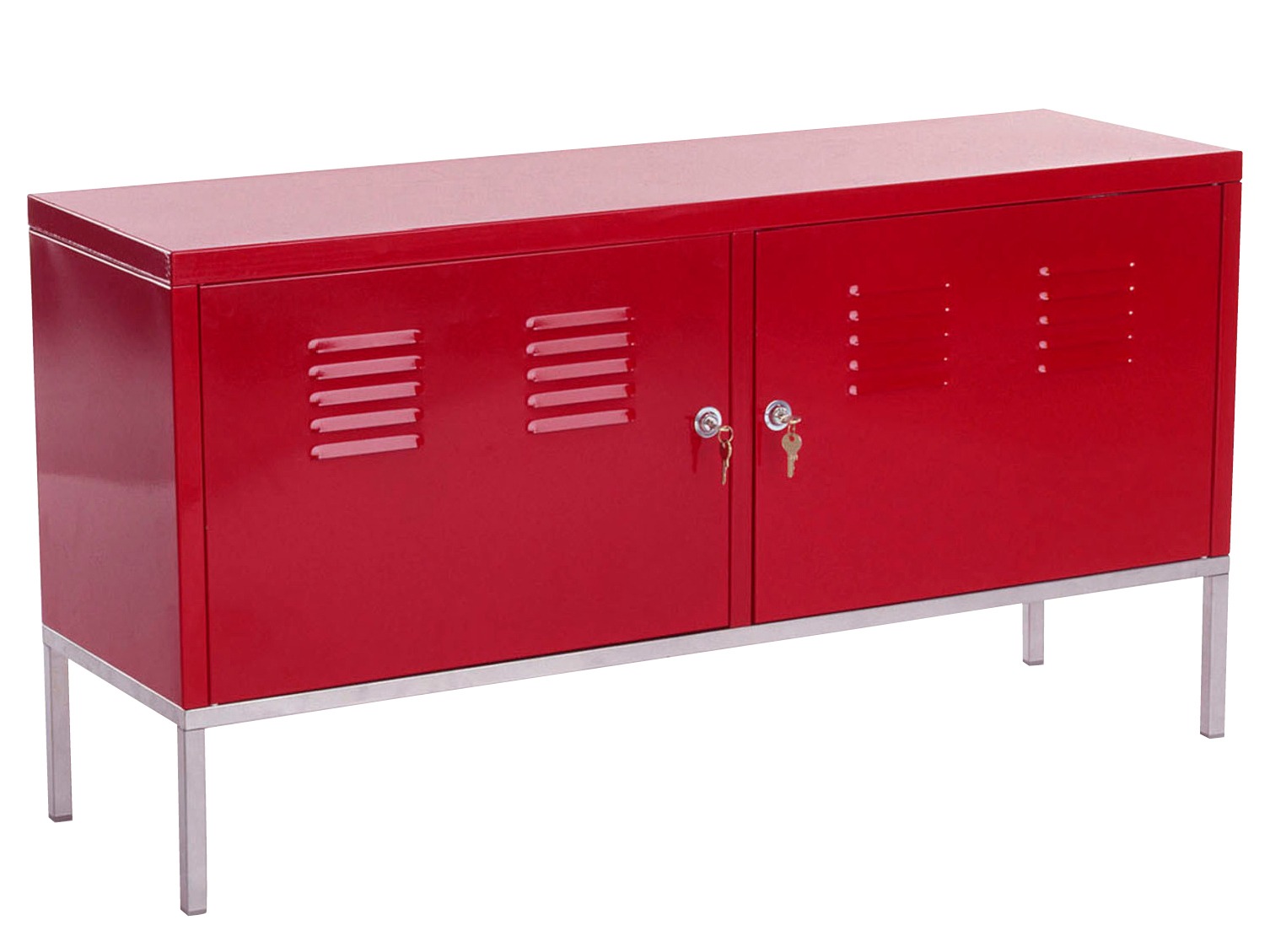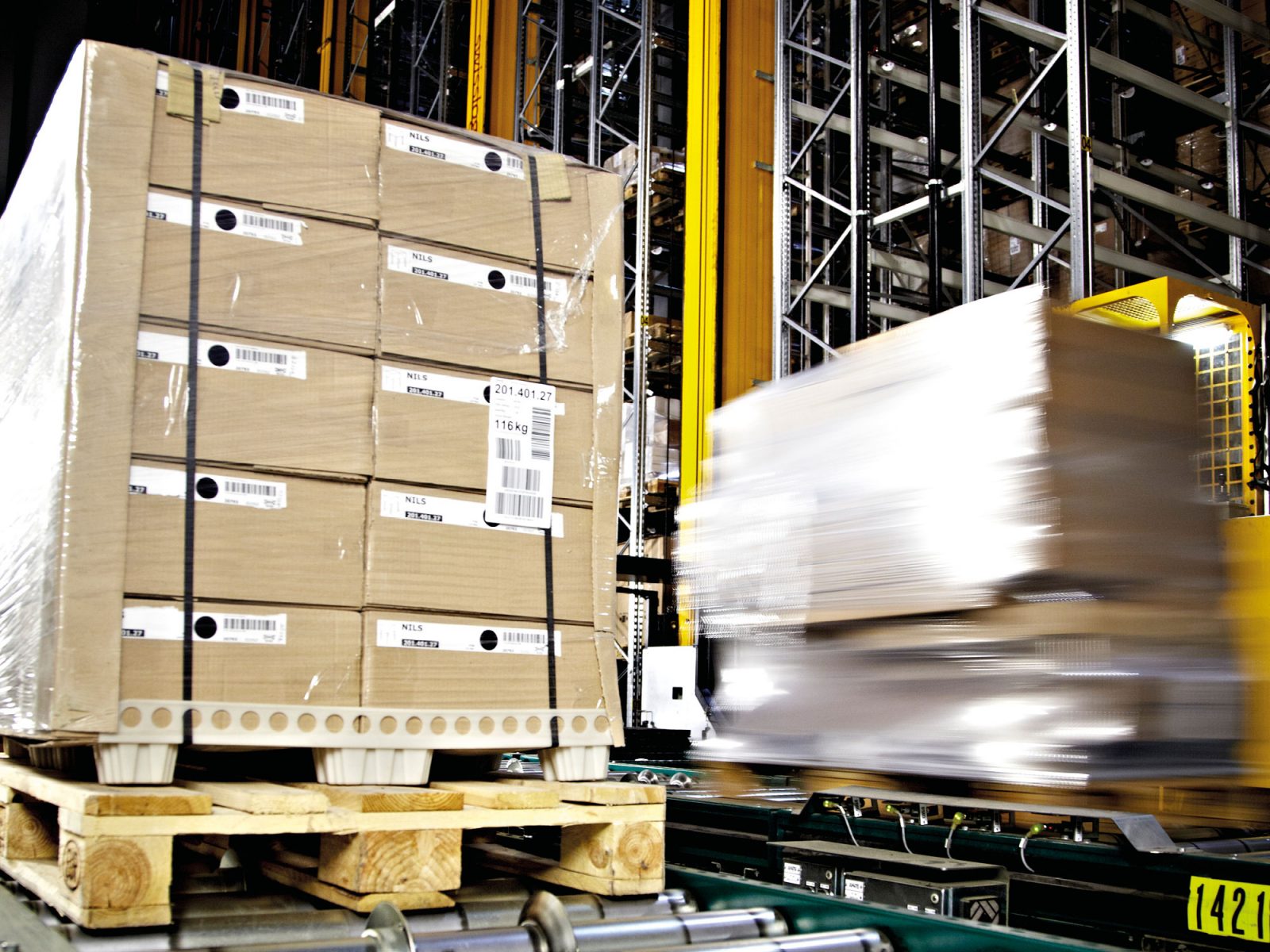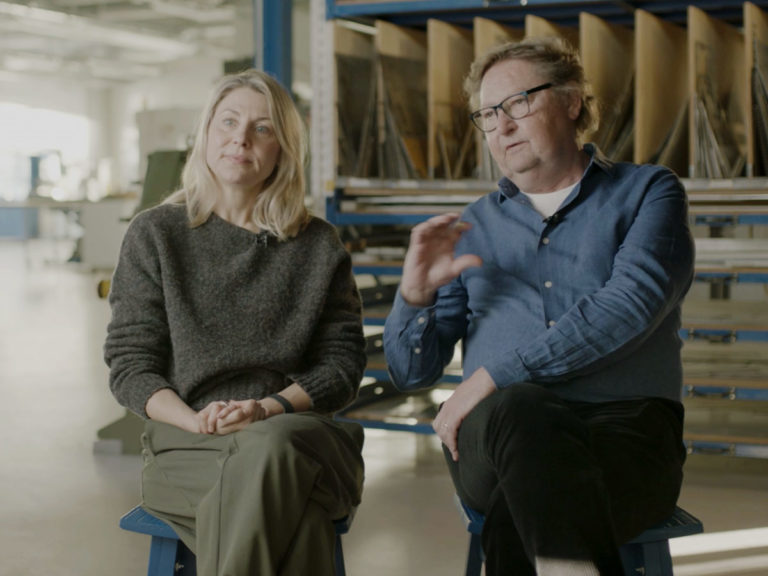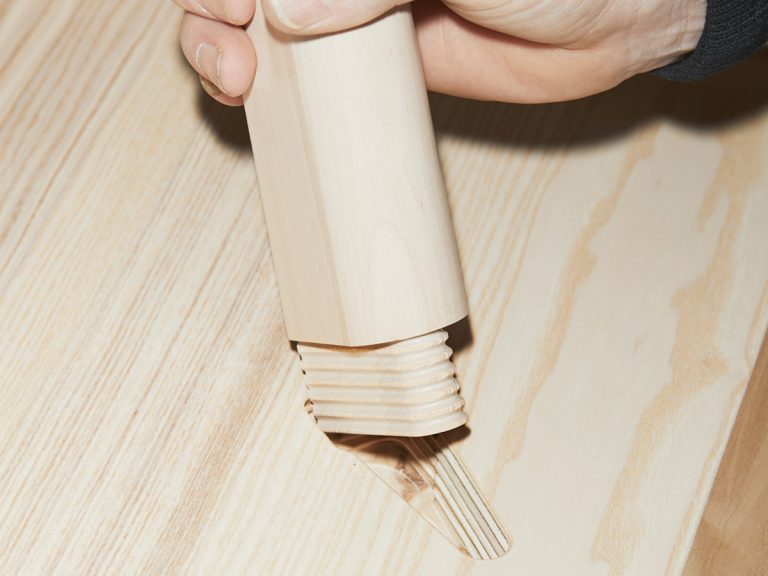The very first example of flatpack furniture is said to be the Thonet chair. It was created in the mid-19th century by Michael Thonet in the eastern part of the Czech Republic, then Austria-Hungary. However, this chair was not delivered directly to private customers, but packed and shipped in large quantities. In the early 20th century the technique developed slowly but surely, primarily in Central Europe. In Sweden, the first flatpack furniture series was Triva in 1944. It was produced and sold with no great success by the prestigious Swedish department store Nordiska Kompaniet, known as NK. Around the same time, Ingvar Kamprad was getting his new mail order company, IKEA, off the ground. He had just started moving away from pens and nylon stockings to furniture, and was annoyed by the expensive, complicated distribution process. In addition, the products were often damaged during transport, especially the tables.
Ingvar got the idea for flatpacks and customer assembly from a supplier in Hultsfred, Sweden called Ovendals. They showed him an unusually sturdy table with a new kind of fitting that made assembly easier for the customer. It marked a turning point. The 1953 IKEA catalogue introduced three tables, DELFI, RIGA and KÖKSA. Products that were assembled at home were the solution that enabled rational distribution, and thereby really low retail prices for the customer.
It is probably hard for people today to understand how radically different IKEA was to traditional furniture dealers in the 1950s. If you wanted quality furniture, you had to go into a shop, choose a product, and then wait many weeks or even months for delivery. So it was quite revolutionary when, in the 1950s, IKEA published its catalogue offering furniture of good quality at low prices with fast delivery, directly from the factory.





